A lot of rain and a lot of heat, in both cases above average, marked the month of December. The heavy rainfall that took place in those 31 days not only allowed for «a significant decrease in the meteorological drought situation», but also formed dams from north to south, including (almost all) in the Alentejo and the Algarve.
The Portuguese Institute of the Sea and the Atmosphere (IPMA) has just released the December Climatological Bulletin, which confirms that the last month of 2022 was “extremely hot in terms of air temperature and very rainy in terms of precipitation”.
With regard to drought, it only persists «in some places in the southern interior region», namely in the Sotavento Algarvio and in part of the district of Beja, which represent «only 6% of the territory» – and even there it is considered weak.
Analyzing the situation of the dams, most saw their levels increase, but the situation in the Barlavento Algarvio, mainly in the River Basin of Ribeiras do Barlavento and in its only dam, that of Bravura, is still far from comforting.
Also in Alentejo, in the Sado Hydrographic Basin, there are situations that go against the general trend.
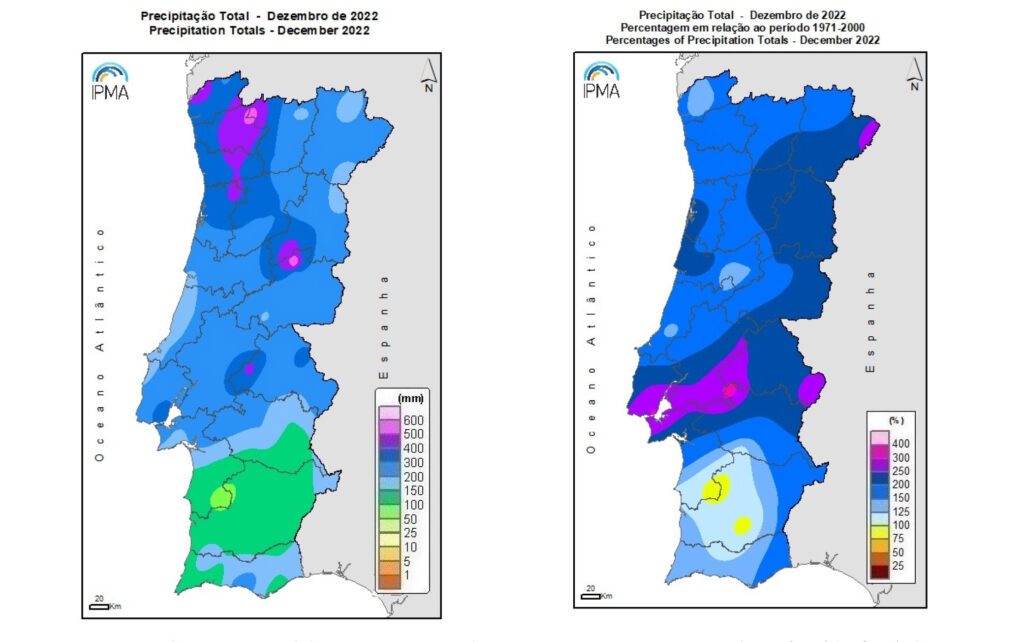
In the Algarve, in December, the vast majority of the territory registered a rainfall of more than 150 mm, throughout the month. The exceptions were the municipalities of Aljezur, Vila do Bispo, Lagos and Portimão, which recorded rainfall values between 100 and 150 millimeters (mm), and part of the coastal area of the municipalities of Loulé and Albufeira, where rainfall exceeded 200 mm.
On the 4th and 5th of December, when there were many occurrences linked to heavy rainfall, very high accumulated volumes of precipitation were recorded in 12 hours, in eight municipalities in the Algarve, all of them in Sotavento and Central Algarve.
«There were two periods of heavy precipitation: late afternoon on the 4th, between 17 pm and 20 pm local, and at dawn and in the morning of the 5th, between 4 am and 16 pm local time», reads in the IPMA bulletin.
The Algarve municipality where the highest amount of rain was recorded, 69.4 mm in 12 hours, was Loulé. It was also in this municipality, at 18:40 on the 4th, that the highest precipitation value was recorded in one hour, more precisely 43.8 mm, what caused floods.
In the analysis of accumulated rainfall in 12 hours, in these two days, Loulé is followed by São Brás de Alportel (64,2 mm), Castro Marim (24.7 mm), Faro, where there were floods and many occurrences (55,8 mm, 23,4 mm between 7:30 am and 8:30 am on the 5th), Albufeira (54,1 mm), Tavira (47 mm), Vila Real de Santo António (43,3 mm) and Olhão (34,8 .XNUMX mm).
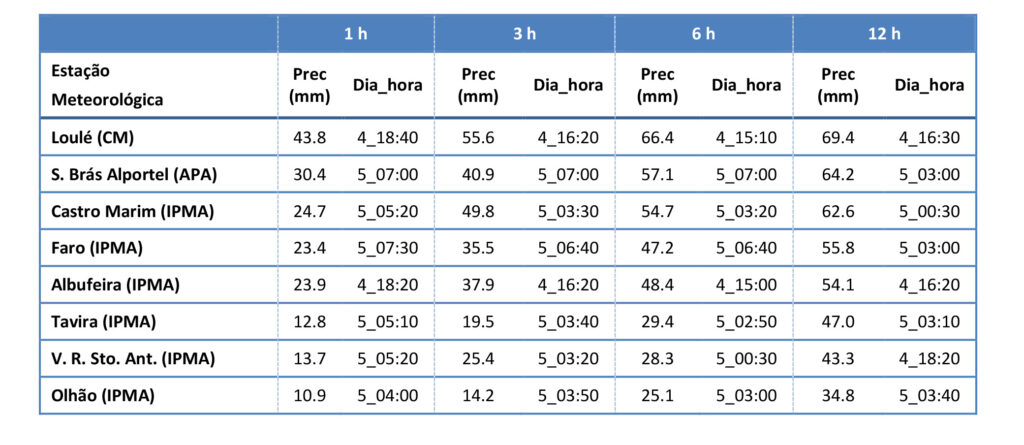
In Alentejo, the trend was for an accumulated amount of rain between 100 and 150 mm. However, in a considerable area of the Sado Hydrographic Basin, at the confluence of the municipalities of Ourique, Aljustrel and Ferreira do Alentejo (Beja district) and Santiago do Cacém (Setúbal district), the accumulation was only between 50 and 100 mm .
This is, moreover, the area of the country where it rained the least in December, which helps to explain why the dams of Monte da Rocha, in Ourique, and Campilhas, in Santiago do Cacém, are among the three in the country which are still below 15% of their total capacity – 10% and 11%, respectively.
Less obvious is the reason why the Bravura Dam, in the Algarve municipality of Lagos, is the other reservoir in a critical situation (12% of total capacity).
Contacted by Sul Informação, Bruno Gonçalves, environmental engineer and responsible for the sites Meteophons e extreme atmosphere, admits that there may be very localized phenomena.
“We are talking about relatively small river basins. Just a little rain on the side or above and the water no longer flows into the dam », he said.
On the other hand, since before December the land was very dry in this area, «it was necessary, first, to saturate the soil», before the water could begin to fill the reservoirs.
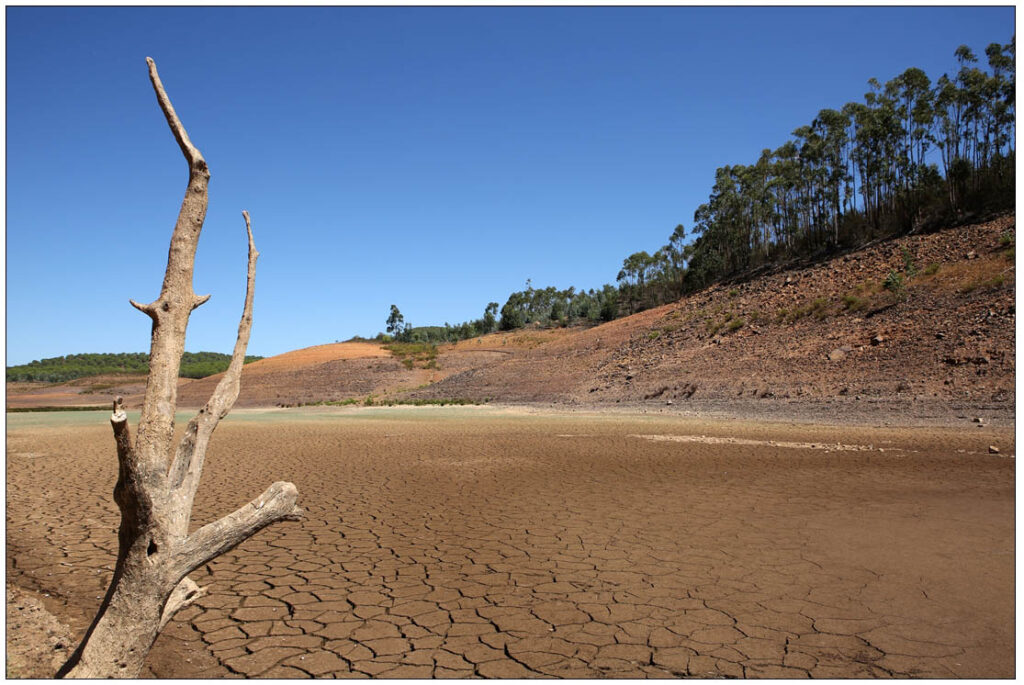
The history of recent years also helps to explain that, after so much rain had fallen, the storage values of the Bravura reservoir have hardly changed.
«According to data from Meteofontes for the last six or seven years, it has rained much less than is normal, than is the average, in the Algarve», revealed Bruno Gonçalves.
Another evidence is that «it has rained much less in the Barlavento Algarvio, in recent years, than in the Sotavento Algarvio», contrary to what was the rule, previously.
This is what happened in December, with the dams of Odeleite and Beliche, in Castro Marim, recovering and at least doubling the water they had stored, and with the reservoirs of the Arade Hydrographic Basin (Odelouca, Funcho and Arade ) to have a much more timid recovery and that of Bravura to remain practically the same.
According to data from National Water Resources Information System, on the 31st of December, the Odeleite dam had 59,8% of its capacity, while on the 30th of November it had only 29,6% of its stored volume. At the Beliche dam, in the same municipality, the volume rose from 22,9% to 52,2%, from one month to the next.
In the Arade Hydrographic Basin, the Odelouca dam, the one with the greatest capacity, had a stored volume of 37,6% at the end of the year (31,1% on 30 November).
Funcho and Arade were at 64,1% and 26,7, respectively, on 31 December, and with 57,3% and 25,3% a month earlier.
The Bravura Dam rose from 9,2% to 11,8%, from one month to the next.
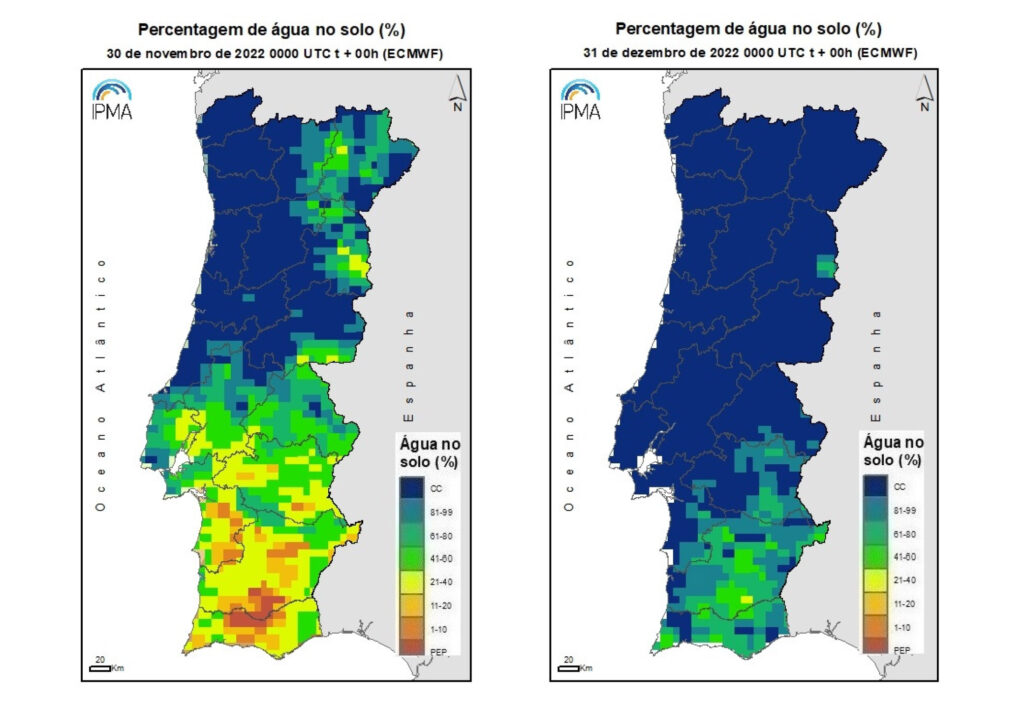
The percentage of water in the soil was, at the end of December, greater than 61% in almost the entire territory, with small “spots” remaining below this value, but in the overwhelming majority of cases, above 41%.
Bearing in mind that, a month earlier, on the 30th of November, much of the interior of the Algarve and the municipality of Almodôvar were at the Permanent Withering Point – that is, the soils were completely dry -, the influence that the December had heavy rainfall.
According to the IPMA bulletin, last December was the «warmest of the last 92 years».
The average value of the minimum air temperature was 9.58 °C in December, «much higher than the normal value with an anomaly of +3.53 °C, being the 2nd highest value since 1931 (highest in 1989, 9.99 °C) ».
"The average maximum air temperature value, 15.87 °C, with an anomaly of + 1.99 °C, was also the 2nd highest value since 1931 (highest in 2015, 16.21 °C)", it reads, still.
The highest absolute temperature value recorded last month was 25,5 ºC, in Aljezur, on the 27th.
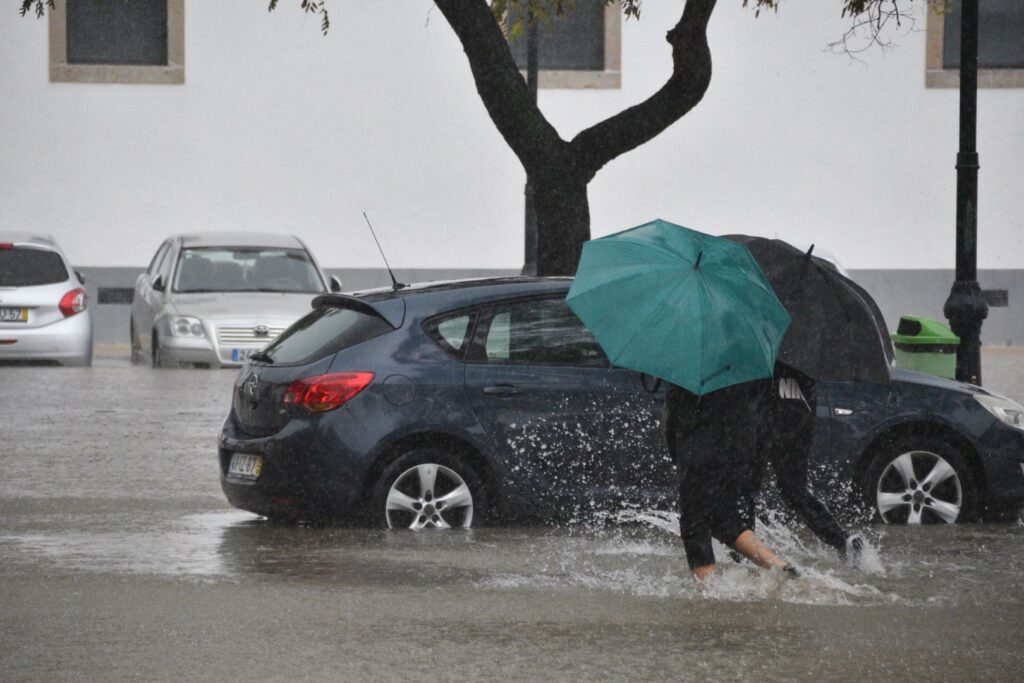
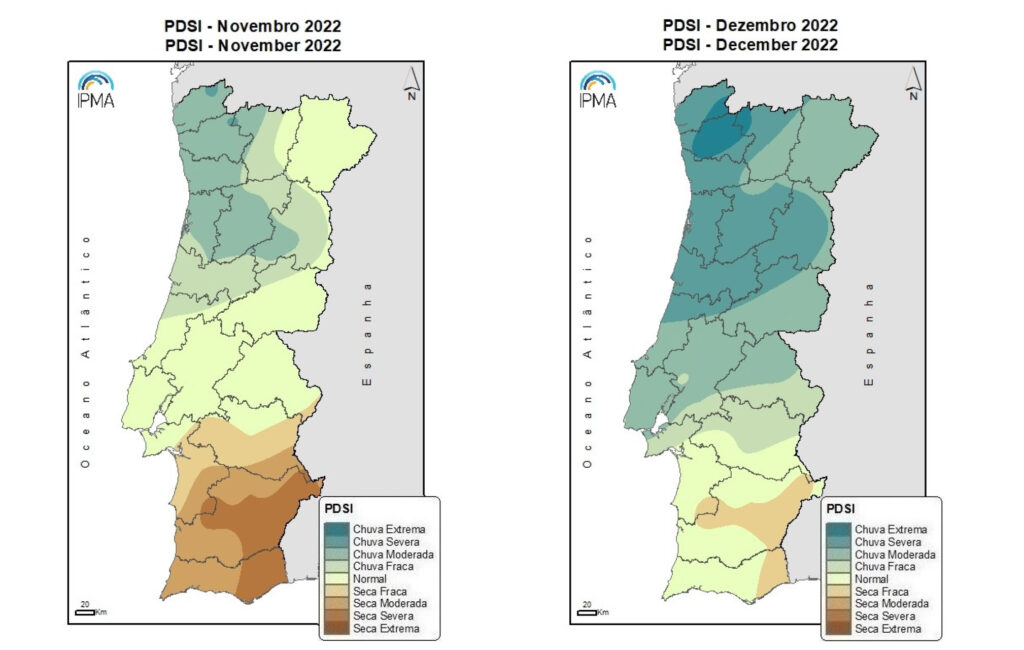


















Comments